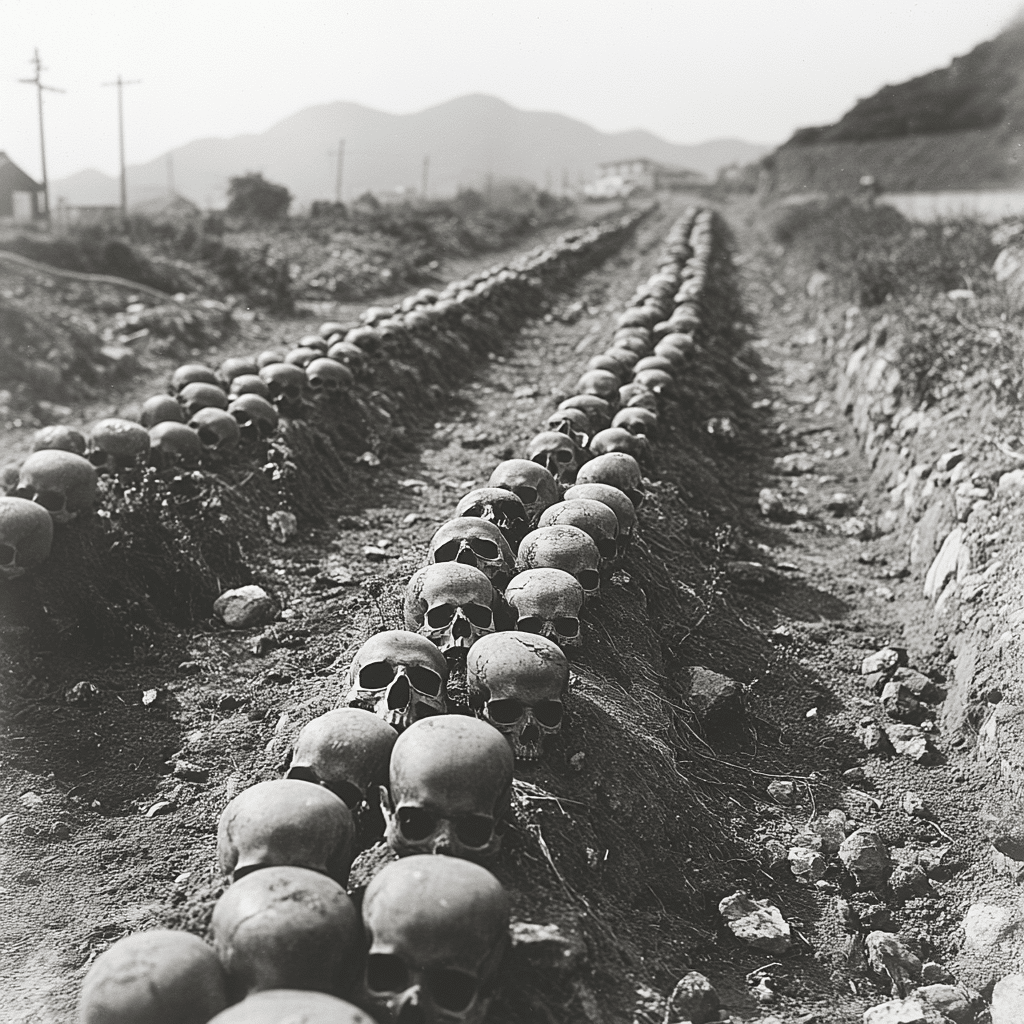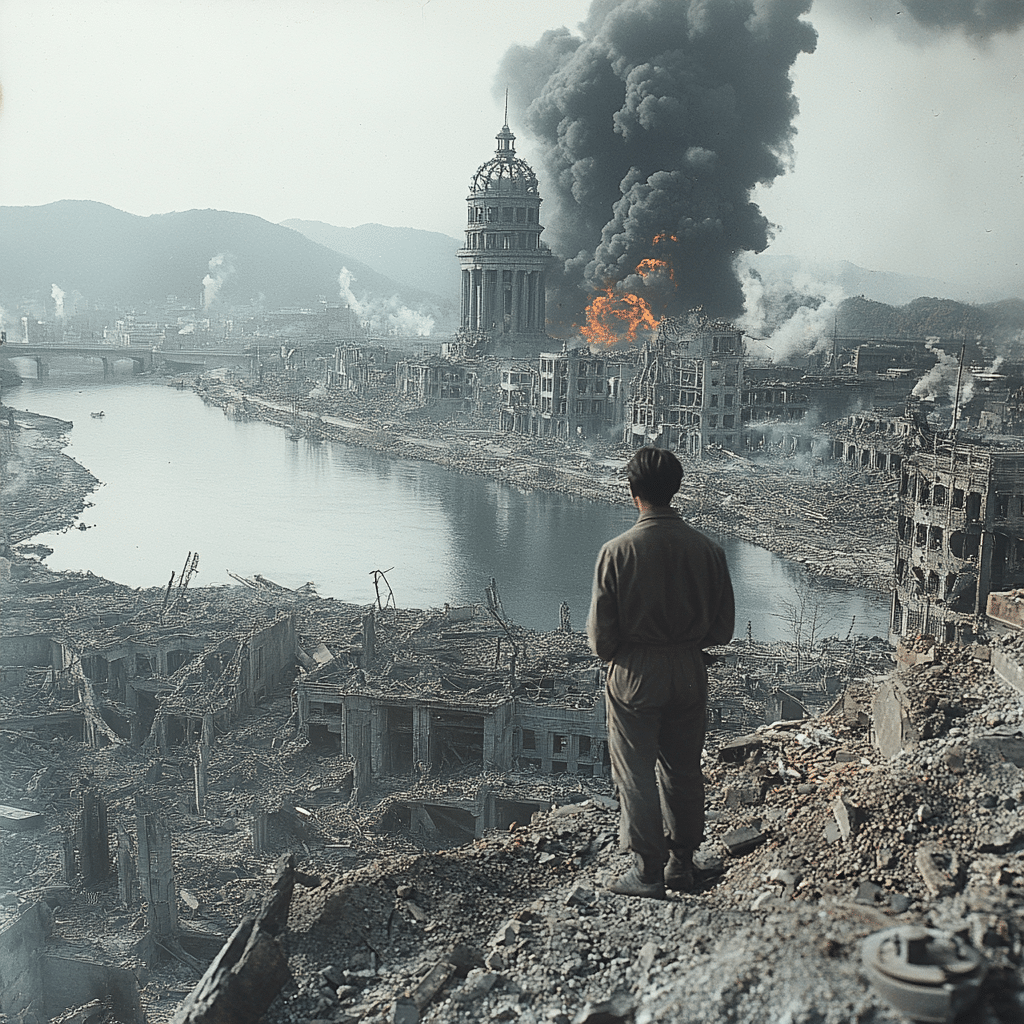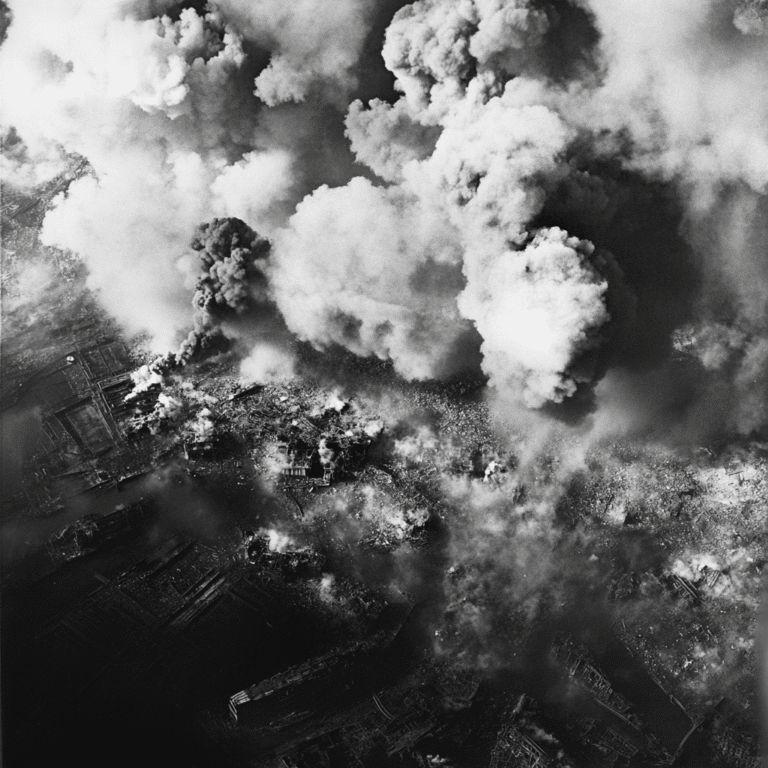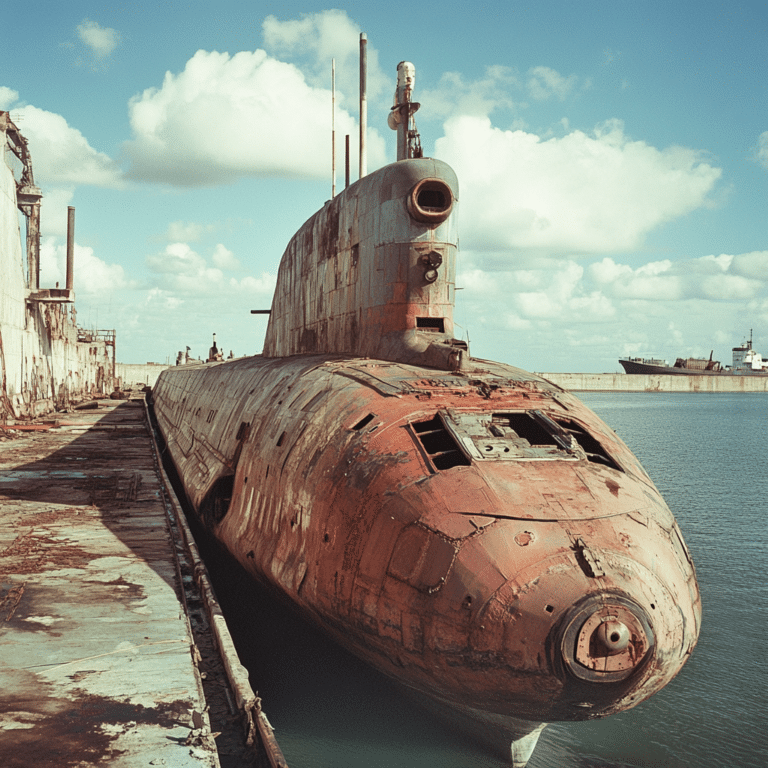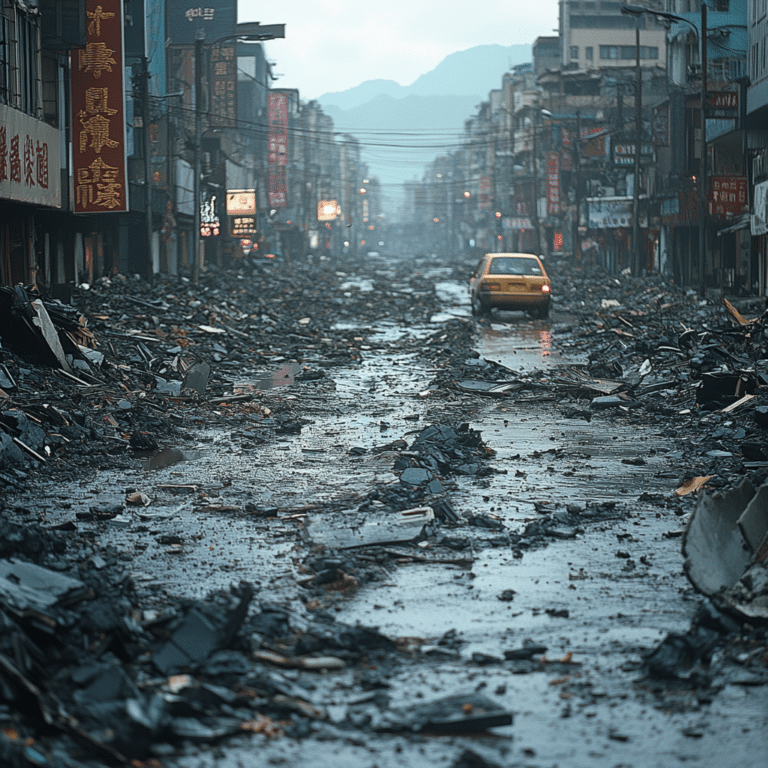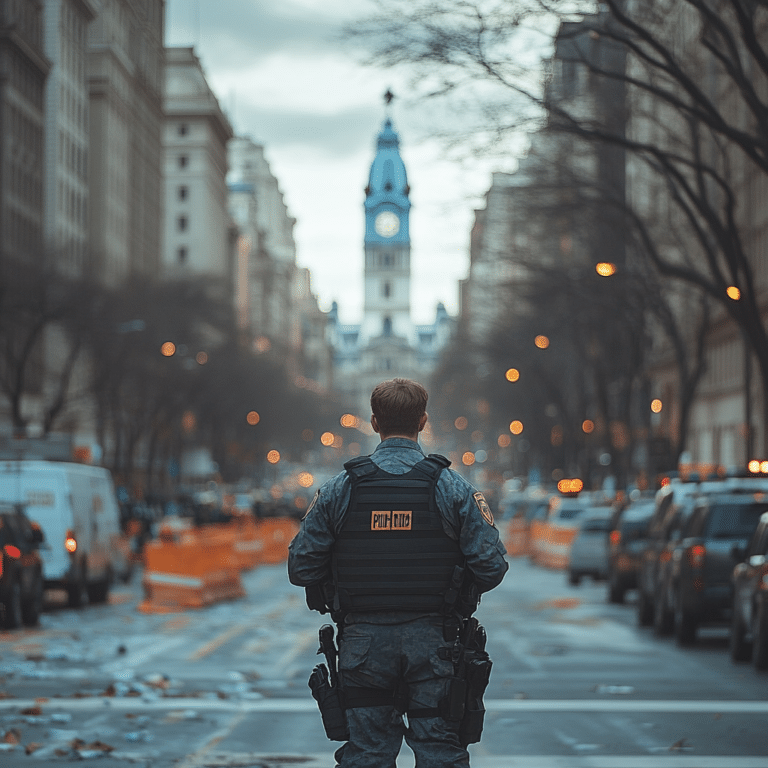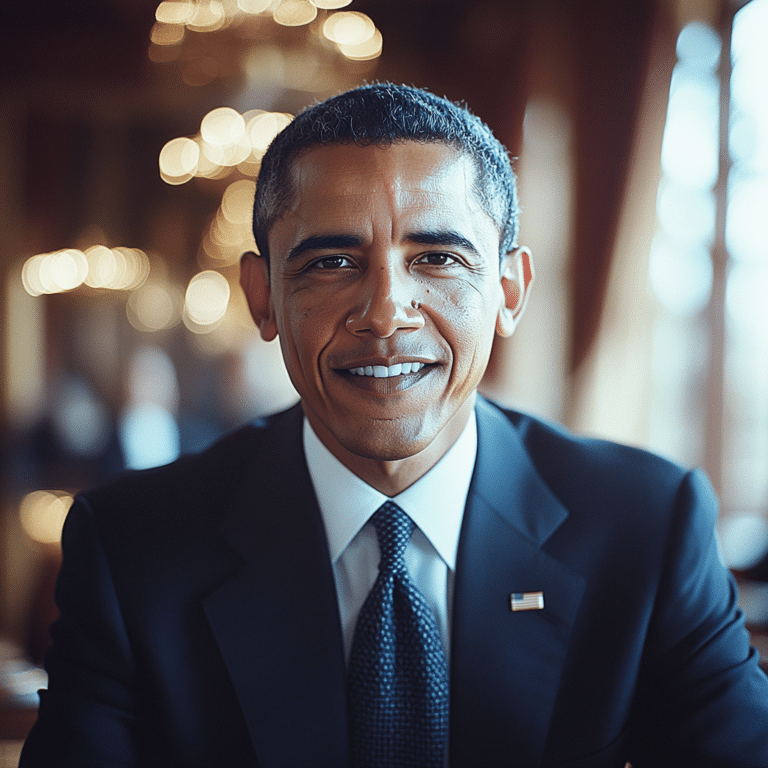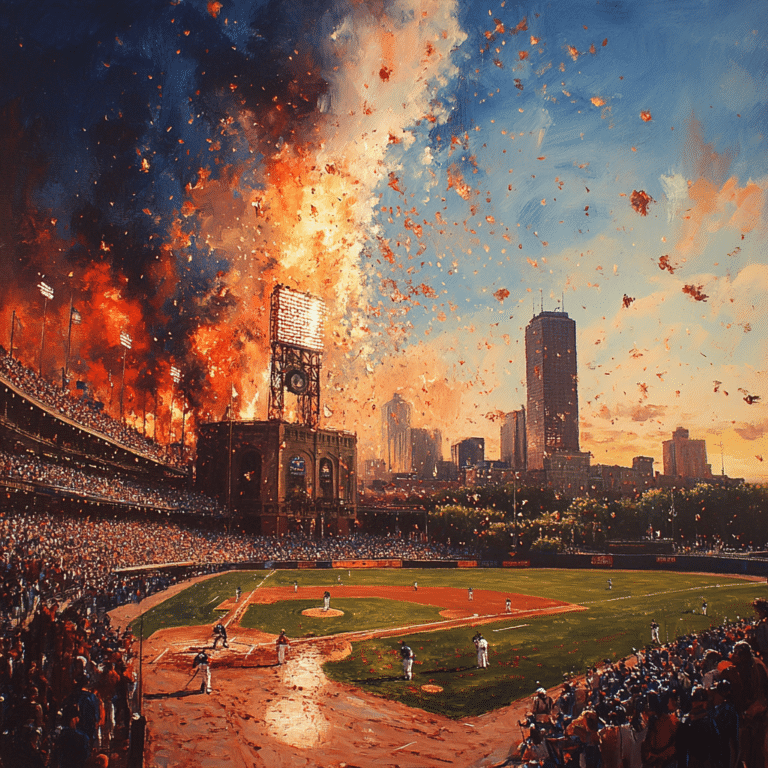The cataclysmic events of World War II left an indelible mark on history, one that demands our reflection and understanding. On August 9, 1945, the United States dropped an atomic bomb, named “Fat Man,” on Nagasaki. This incident often gets relegated to a footnote, overshadowed by Hiroshima, yet it raises a vital question: how many people died in Nagasaki? Estimates tell a chilling story: between 40,000 and 80,000 individuals lost their lives in the immediate aftermath of this devastating moment. This tragedy reminds us of the stark realities of nuclear warfare, urging us to confront its legacy head-on.
The Immediate Toll: How Many People Died in Nagasaki?
The bombing of Nagasaki was truly horrific. The immediate death toll from this catastrophe leaves a heavy heart among those who dare to reflect on it. Historians generally agree that the numbers span between 40,000 and 80,000 deaths by the end of 1945. This devastation offers a haunting contrast to Hiroshima, yet the nuances of that day in Nagasaki warrant careful examination. The urban population faced peril from both the atomic blast and secondary effects, igniting a complex chain of suffering for survivors.
Despite the gloom, it’s essential to examine what happened on that fateful day. The impact was not merely numerical; it represented lives shattered, families extinguished, and an entire community left to pick up the pieces. The very fabric of Nagasaki was ripped apart, and we mustn’t gloss over this tragedy.
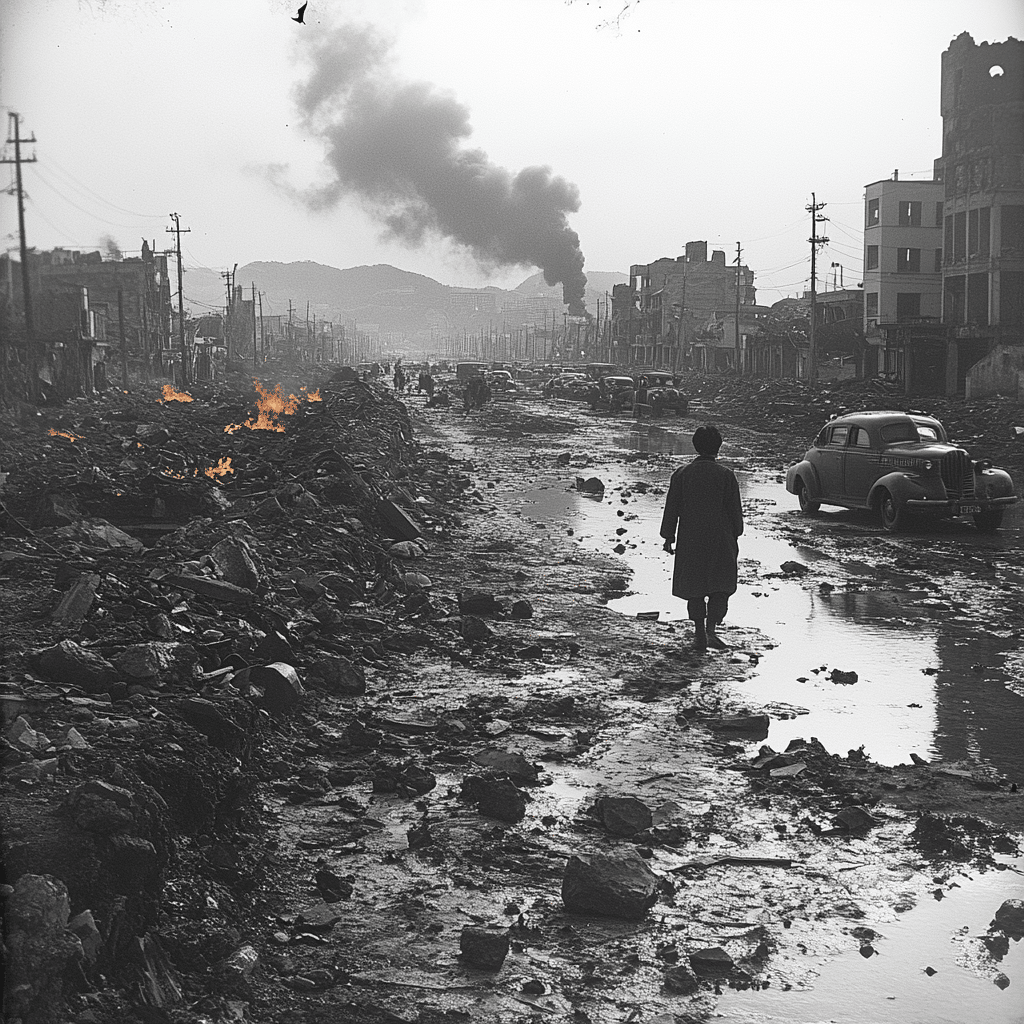
Comparing the Death Figures: How Many People Died in Hiroshima and Nagasaki?
When talking about how many people died in Nagasaki, we can’t ignore Hiroshima. A thoughtful comparison of the two bombings provides vital context to the staggering death tolls:
The Discrepancies in Numbers
Delving deeper reveals discrepancies in numbers that are critical to understanding the full scope of destruction. Factors like geography and population density play pivotal roles. Hiroshima experienced more devastation due to a larger area impacted and a higher population concentrated within its confines. In contrast, Nagasaki’s mountainous terrain contained the blast, yet the human cost was staggering nonetheless. Grasping these variations helps illuminate just how deep the tragedy cut into the heart of both cities.
In dissecting the numbers, we must remember that there are real lives behind these statistics—individuals whose stories reflect loss, resilience, and hope amid despair.
Long-Term Consequences: Beyond the Numbers
Health Effects
Survivors of the bombing—affectionately known as hibakusha—endured unimaginable suffering. The long-term health repercussions of surviving such an event are sobering. Many suffered from severe radiation sickness and saw skyrocketing cancer rates. Compounding this, psychological trauma cast a long shadow over the lives of countless individuals. Research from organizations like the Radiation Effects Research Foundation continues to highlight the ongoing struggles that those affected have faced for decades following that fateful day.
Urban Destruction and Rebuilding Efforts
The journey from tragedy to recovery is fraught with obstacles and heartache. The reconstruction of Nagasaki is a testimony to human resilience, as the city rose from the ashes of destruction. Monuments, such as the Nagasaki Peace Park, serve as enduring reminders of the past while simultaneously empowering the community to strive for peace. Annual memorial services bring people together to remember, honor, and reflect on the horrors of war, ensuring that such a catastrophe never repeats itself.
By understanding both the urban destruction and the subsequent rebuilding efforts, we can appreciate the strength of those who survived and the commitment to foster a message of peace in the face of adversity. The scars of Nagasaki remain, but resilience has woven a new tapestry of hope.
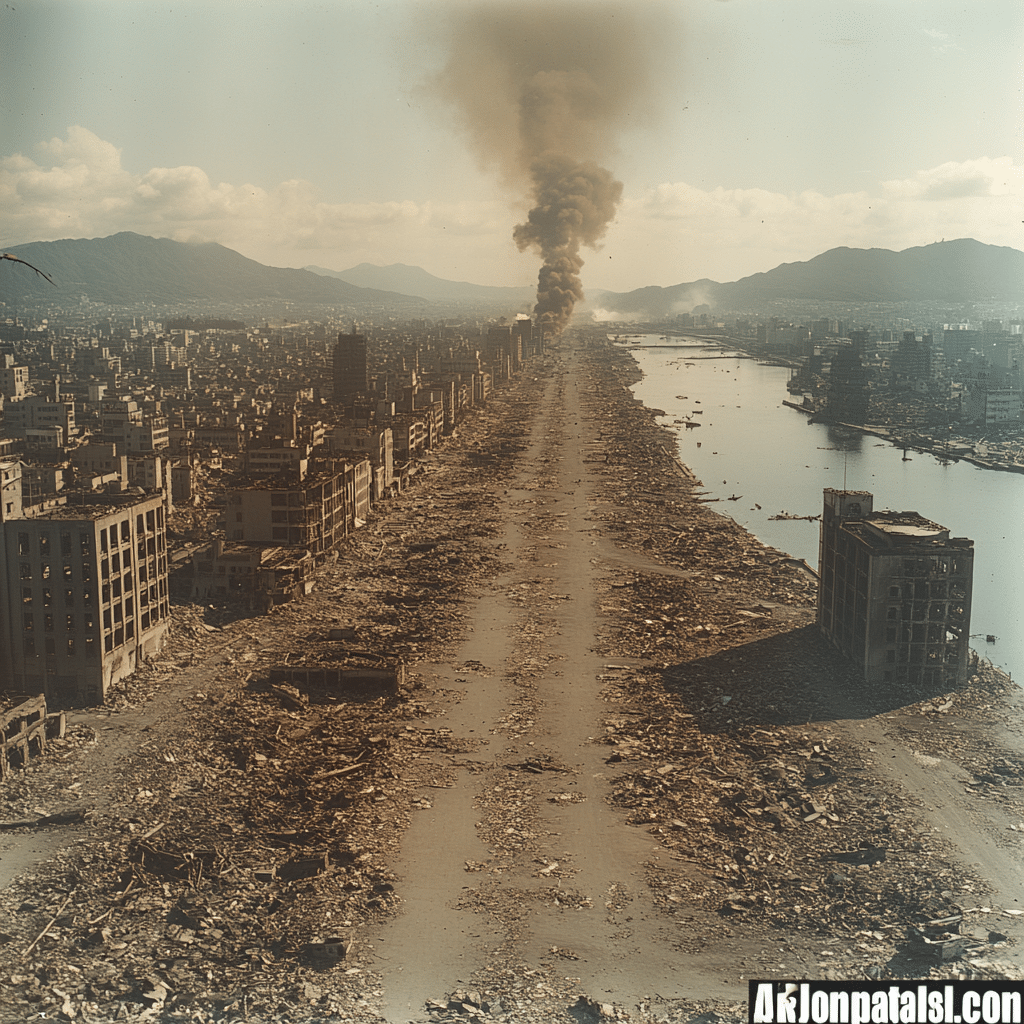
Historical Relevance: How Many People Died in Hiroshima and Nagasaki?
The bombings of Hiroshima and Nagasaki undeniably changed the course of history. They spurred intense political debate regarding nuclear weaponry and the ethical implications of warfare. The staggering reported figures—over 200,000 combined deaths—transcend mere statistics; they represent a powerful urgency in discussions on nuclear disarmament that continues to echo today. Political theorists like John Lewis Gaddis have emphasized how these events shape international relations and security policies.
Understanding how many people died in Hiroshima and Nagasaki is more than a purely academic inquiry—it necessitates acknowledgment of how the past impacts our approach to current global threats.
Reflection and Future Implications
The catastrophic loss of life wrought by the bombings in both Nagasaki and Hiroshima serves as a sobering lesson that we must not shy away from. Knowing how many people died in Nagasaki and the long-lasting consequences encourages vigilance and diplomacy to foster a world devoid of nuclear threats. As we reflect on this dark chapter in our history, we honor the voices of victims and ensure their stories serve as a catalyst for change.
Let us not just remember these events as distant history; instead, we must engage in ongoing conversations about peace and the moral imperatives that guide our political landscape. The suffering of Nagasaki challenges us to confront our own responsibilities and to work unceasingly toward a brighter, more peaceful future.
How Many People Died in Nagasaki
The Tragic Impact of the Nagasaki Bombing
When discussing how many people died in Nagasaki, the numbers are staggering and deeply tragic. It’s estimated that around 40,000 people were killed instantly by the atomic bomb dropped on August 9, 1945. However, the overall death toll could be as high as 80,000 by the end of 1945 due to injuries and radiation sickness. The bombing not only altered the course of World War II but also had a lasting impact on global peace and the nuclear arms debate for years to come. This historic moment is just as significant as iconic cultural references, like how today’s hey dudes style resonates in casual fashion trends.
Lesser-Known Facts About the Bombing
Many might not realize that Nagasaki was a secondary target; the primary target, Kokura, was obscured by clouds on that fateful day. Besides the immediate devastation, the bomb caused extensive suffering in the years that followed, leading to a multitude of health issues, some of which are still studied today. The toll on humanity in Nagasaki is a stirring reminder of the unpredictability of war — similar to how sports fans flock to events like the 2024 home run derby national anthem for a moment of unity.
It’s interesting to note that the Nagasaki bombing shifted international perspectives on warfare, which can be likened to how inspiring Speakers impact audiences by motivating change. For many years after, survivors, often referred to as hibakusha, fought not just against the consequences of the bombing, but also for nuclear disarmament. Reflecting on how many people died in Nagasaki invites contemplation on the broader implications of nuclear warfare that echoes throughout our society, akin to unpredictable events like a shooting in Baltimore that highlights societal struggles and the path for healing.
Remembering the Lost
As we remember those who suffered due to the Nagasaki bombing, it’s essential to recognize how historical events shape cultural narratives and our understanding of humanity. Just like Catherine Zeta jones captivates audiences with her performances, the stories of those affected by the bombing resonate through literature, film, and memorials dedicated to peace. While it can be painful to delve into how many people died in Nagasaki, doing so fuels conversations around peace and the need for compassion, reminding us to be proactive in preventing such tragedies in the future. It’s through the tales of survival that we can keep the spirit of those lost alive, and perhaps move a little closer to a world where such devastation is unthinkable.
